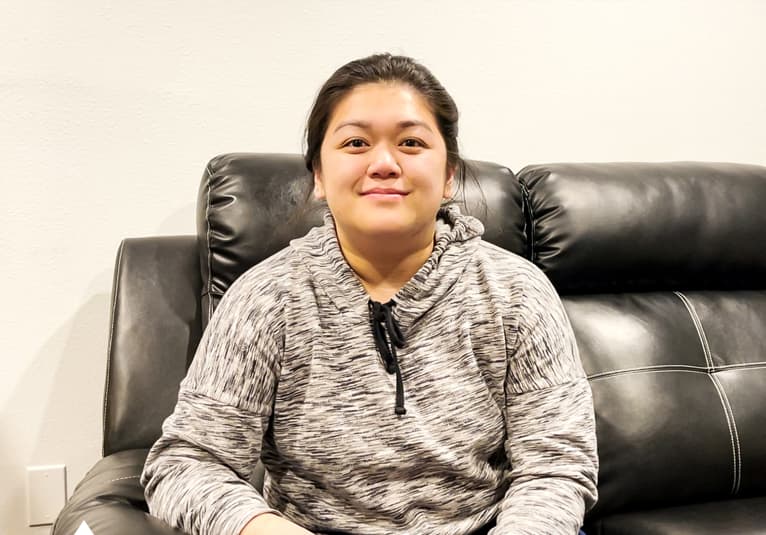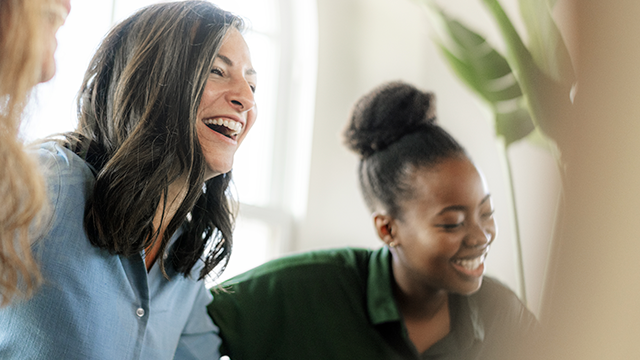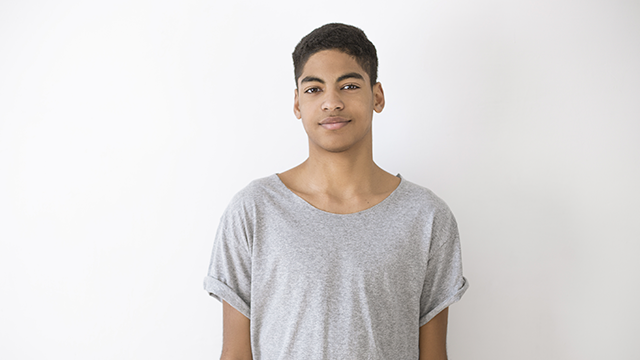Tovah F How to Build a Human Interaction
Sometimes, and I will be the first to say this, I was a high school teacher for many years, building a relationship with high school students isn’t always the easiest thing because they care much more about their social status, than they do about pleasing you as the adult in their life. Right. You as the educator, you as a social worker, that’s working with them and supporting them.
One of the best things in my experience to start building a relationship is almost engaging in self deprecating humor. Joke around with them. Let them know that you know that you’re old. Joke about your style, joke about how you show up as your true, authentic self, because this gives that student a little bit more light on who you are as a human being so that they know that you are a human being, right.
You want to build that human interaction, that human connection with them.
The other thing is, in order to be authentic, to be genuine, you have to actually sit and hear and validate your students. They validate who you’re working with. And some of this comes in through empathy. And one of the most important things that I talk about is empathy in action.
This is something that was actually created and discussed through Dr. Brian Smith, one of the creators of Second Step, which is an incredible social emotional learning curriculum. But what he explains is that in order to be authentic and be genuine, you don’t only need empathy, but you also need to understand your responsibility, and you also need to care.
So when we talk about empathy, we’re talking about being in our student shoes. We’re talking about understanding how our students are feeling. When we talk about care, it means that we actually care about what they have gone through.
We genuinely want to hear their stories and hear their experiences. And then when we talk about that responsibility piece, that means that we believe it is our responsibility to do something about it. And the most important thing for you to know is that sometimes our responsibility is just listening. It’s just nodding when our students are talking to us and listening actively.
And when I say listening actively, I mean listening to hear, not listening to respond. As adults, we often listen to respond to them and most of the time they just need somebody to listen to them to hear their story, to agree with how they’re feeling.
So that’s one of the most important things when we are building an authentic connection with our youth is just to be there for them to hear them. Those first couple of weeks, whether they’re first in our classroom or the first in our office or the first in our learning space, is just to build relationship, joke around with them, let them see your true personality, let them see who you truly are so that they know that they can also be their true selves in front of you.











